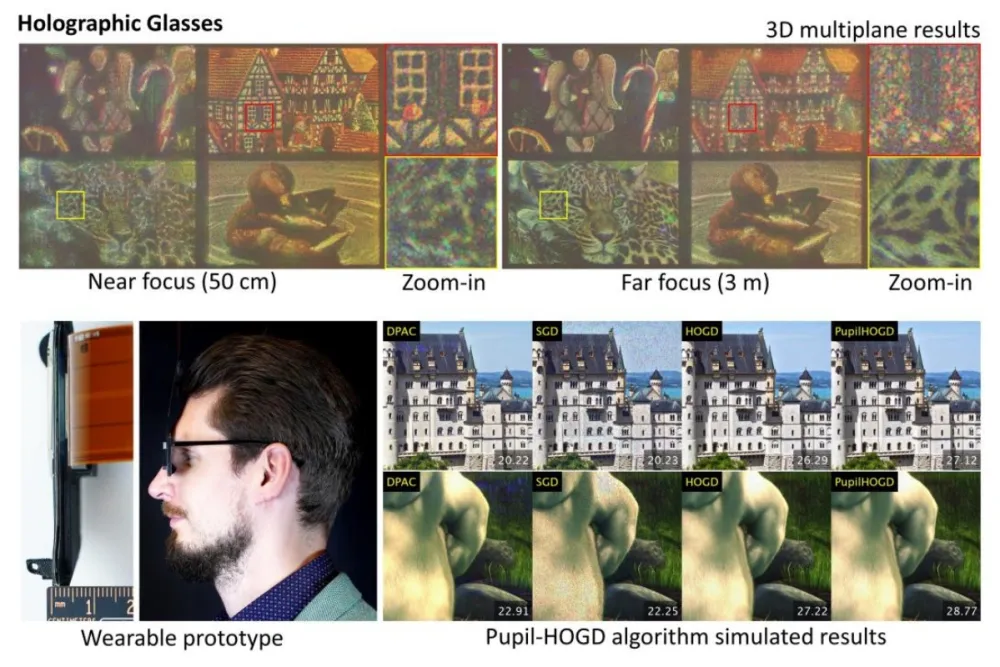NVIDIA earlier collaborated with Stanford University to create an ultra-thin virtual reality glasses design, which reduces the size of virtual reality glasses by changing the focal length of the image in the eye.
At present, the common virtual reality glasses must not only place computing components and circuit systems but also need to have enough focal length space, so that the virtual reality image can be smoothly formed in the user’s eyes. Therefore, most of them will be presented in a certain size. If the design can be independently operated, the size will even become larger.

In the prototype design of NVIDIA and Stanford University, it is based on the principle of the optical waveguide, combined with a new phase calculation method so that the optical element with a thickness of only 2.5mm focuses the light on the user’s eye to form a 3D holographic image vision. In this way, the same visual effect as the existing virtual reality headset is achieved. However, due to physical limitations, the current viewing angle corresponding to this design is only 22.8°, which means that the actual visual field of view is quite limited.In addition to
NVIDIA, Meta has also proposed a design similar to general glasses, and the formation of 3D holographic images based on the principle of optical waveguides is a virtual reality headset. Qualcomm also expects to see virtual reality headsets that look like ordinary glasses in the next few years and will be as popular as smartphones.






